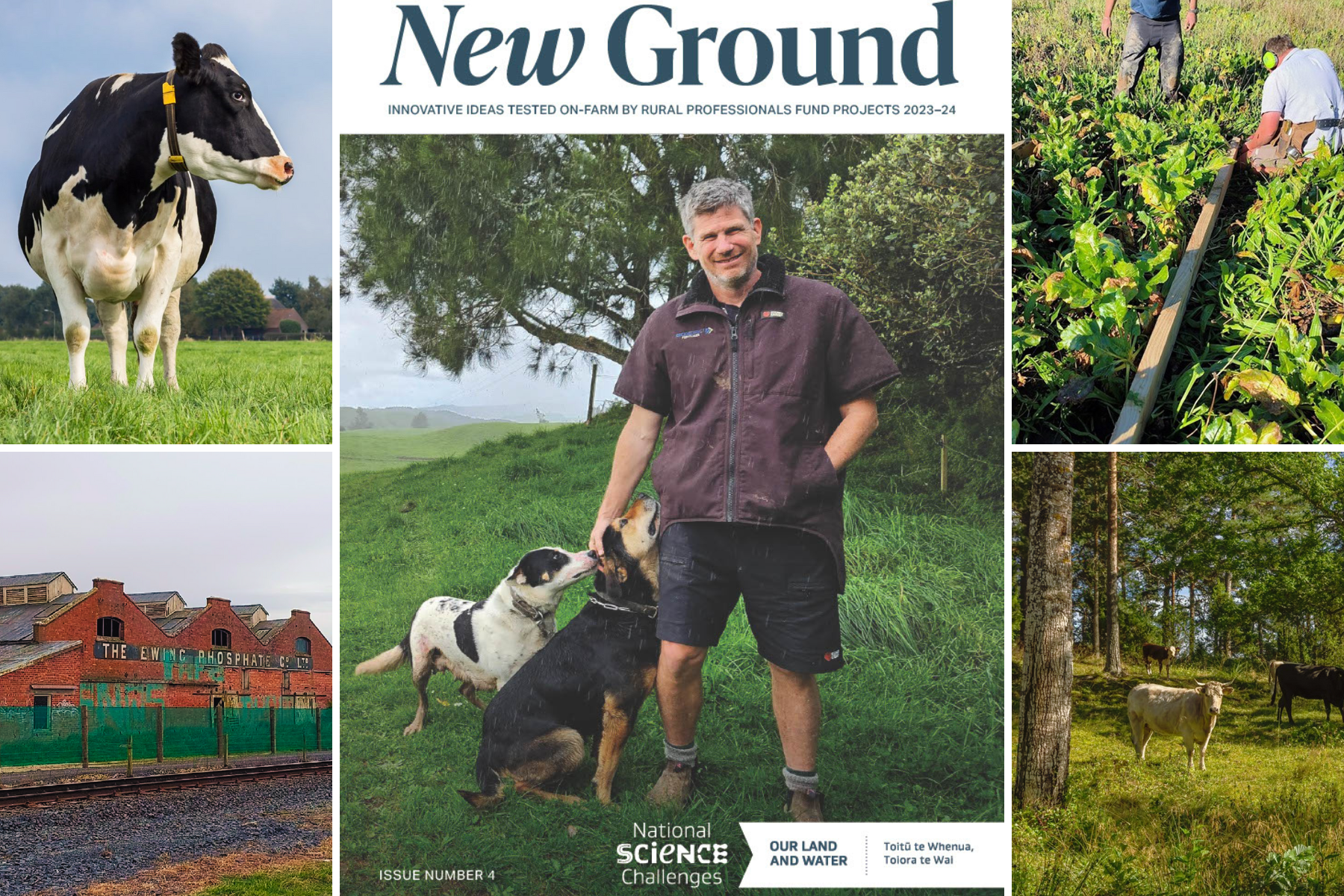Quantifying contaminant losses to water from pastoral land uses in NZ I: Development of a spatial framework for assessing losses at a farm scale
June 2021
Publication: New Zealand Journal of Agricultural Research
Author(s): R. Monaghan, A. Manderson, L. Basherd, C. Smith, D. Burger, E. Meenken, R. McDowell
Assessing the effectiveness of mitigation measures for reducing contaminant losses to water from pastoral farming systems is a challenging task. Two important factors that contribute to this challenge are (i) the considerable spatial variability in landscape vulnerabilities to contaminant loss and (ii) differing land use pressures created by contrasting land management practices that are employed on farms.
An approach is described that benchmarks nitrogen (N), phosphorus (P) and sediment discharges for representative dairy and sheep-beef farming types (hereafter referred to as ‘typologies’) that differ according to inherent landscape vulnerability features or land use pressures created by some key management practices. Landscape vulnerabilities can be defined as the soil, topography and climate factors that are known to influence the inherent risk of contaminant transport to water, whereas land use pressures reflect the diverse set of farm inputs and feed, stock and soil management practices that determine contaminant sources.
The analysis was constructed using land use pressure information for the year 2015 contained within Dairybase records held by DairyNZ and farm class surveys reported by Beef + Lamb NZ. Published information sources and expert opinion from rural professionals were also used to define land use pressures for typologies in 1995.
 View Our Strategy Document 2019 – 2024
View Our Strategy Document 2019 – 2024



